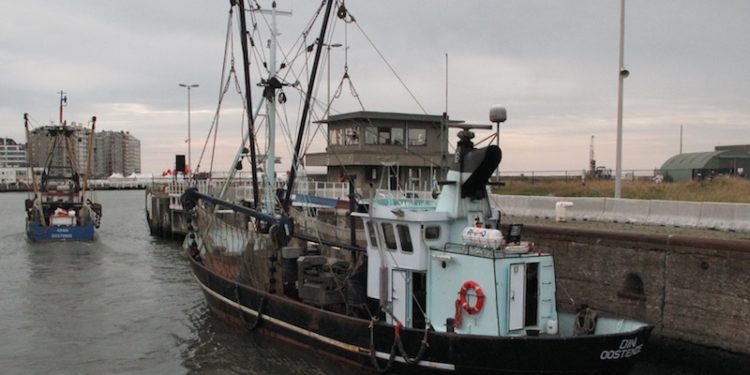Europêche has welcomed the political agreement reached between the European Parliament and the Council of the EU on the European Commission’s proposal establishing a multi-annual plan for demersal stocks in the North Sea, the second of its kind. Europêche’s position is that this will bring decision-making closer to Member States and fishermen through the adoption of joint recommendations – but many questions such as the implementation of landing obligation and negotiations with third countries still remain open and unclear.
‘The North Sea is one of the healthiest seas in Europe with almost 60% of landings coming from stocks at the highest levels of biological sustainability,’ said Pim Visser of the Dutch fishing industry organisation VisNed.
‘The multi-annual plan will provide a long-term framework aimed to continue improving this positive trend. However, the fishing industry will have to face the challenges from the landing obligation and to tackle the complexities of mixed- fisheries. The latter represents a particular challenge since the stocks are characterised by numerous interactions and unexpected population trends not easily predictable with the current scientific instruments available.’
With the proviso of not yet having been able to study the text in detail, Europêche has welcomed the realistic position adopted by EU institutions to manage the main target species (SY assessment) while monitoring the sustainable harvesting of non-target species (precautionary approach).
‘Governing by-catch and minor species under more stringent TACs and quotas would certainly accentuate the choke species problem,’ Europêche states.
‘We value the establishment of different ranges instead of point targets, within which the Council can set the annual Total Allowable Catches (TACs) and achieve sustainable levels for all the stocks covered by the plan at the latest by 2020. This will allow the necessary flexibility for policy makers to take account of the fluctuations and uncertainties of nature when setting the quotas. A range is a range and should be valid from the lower beginning until the upper end.’
Europêche’s position is that it is equally important for fishermen to allow new scientific evidence to be swiftly taken into consideration when setting or adapting current fishing opportunities in the multi-annual plan, but warns that attention should be given to socio-economic objectives of the CFP when adopting the new quotas since these factors cannot be neglected.
‘We agree that when scientific advice indicates that recreational fisheries have a significant impact on stocks, the Council may take this into consideration when setting fishing opportunities. However, it should not be translated into the allocation of fishing opportunities to recreational fishing.’
‘Pending the final text of the Regulation, I am pleased with the political agreement adopting an integral plan for the management of the mixed North Sea fishery,’ Pim Visser said.
‘Fisheries management has been successful during the last years, given the fact that there hasn’t been so much fish in the North Sea since 1957. We hope that this agreement will continue delivering sustainable catches and legal certainty to our fishermen. Implementation will require detailed stakeholder consultation, but on the basis of this agreement, we now assume that a long-term and sustainable management of the North Sea fishery can be achieved.’
‘We are however concerned about the stocks of common interest exploited by third countries. We trust the Union will strongly defend the interests of the EU fishing industry when engaging in negotiations with neighbouring countries while ensuring that these fisheries are sustainably managed.’
Awaiting final approval by the Council and the European Parliament, the new regulation is expected to enter into force in 2018.









